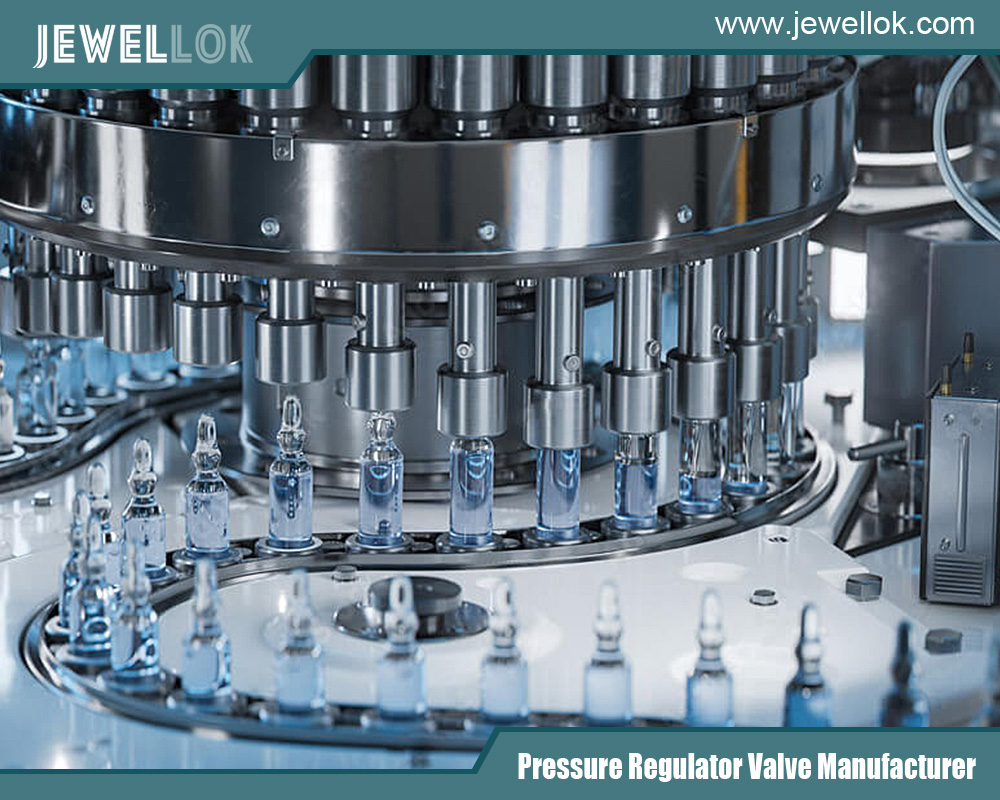Blog
Jewellok is a professional pressure regulator and valve manufacturer and supplier.

Analysis of the Flow Rate Differences of Ultra High Purity Diaphragm Valves: Performance under the Same Pressure with Different Calibers
- Pressure Regulator Valve Manufacturer
- 1inch of water, 2 inch irrigation valve, 6mm compression fitting, air compressor non return valve, argon hose connector, argon hose fittings, compression fitting 6mm, electric water valve 12v, ferrule connector, fire arrestor, fluid system components, gas semiconductor, gases used in semiconductor manufacturing, high purity regulators, high purity valves, how a pressure regulator works, how do pressure regulators work, how do regulators work, how often should pressure relief valves be replaced, humming propane regulator, laboratory gas valves, male fitting for argon hose, oxygen cylinder manifold, pressure regulator valve leaking, propane adjustable pressure regulator, purpose of flame arrester, regulator valve alibaba international market, relief valve safety valve difference, safety relief valve vs safety valve, safety valve vs pressure relief valve, second stage propaneregulator, timed water valve, timer water valve, two stage pressure regulator, Ultra High Purity Diaphragm Valves
- No Comments
Analysis of the Flow Rate Differences of Ultra High Purity Diaphragm Valves: Performance under the Same Pressure with Different Calibers
In industries with extremely high requirements for fluid purity, such as semiconductor manufacturing, pharmaceuticals, and high-purity chemical engineering, ultra-high purity diaphragm valves are key components ensuring the stable operation of fluid conveying systems. The differences in flow rates of ultra-high purity diaphragm valves with different calibers under the same pressure not only affect the operation efficiency of the system but also are related to product quality and production costs. A deep understanding of this characteristic is of vital importance for system design, equipment selection, and daily operation and maintenance.
Working Principle of Ultra High Purity Diaphragm Valves and Basic Flow Theory
I. Working Principle
Ultra-high purity diaphragm valves mainly consist of a valve body, a diaphragm, a valve stem, and a driving device. Its working principle is that the driving device drives the valve stem to move, thereby controlling the opening and closing of the diaphragm to achieve the on-off control of the fluid. When the diaphragm is opened, the fluid can pass through the flow channel of the valve body; when the diaphragm is closed, the fluid passage is cut off. When regulating the flow rate, the opening degree of the diaphragm determines the cross-sectional area of the fluid channel, thus changing the flow rate. Since the diaphragm completely isolates the fluid from the driving components, it avoids the fluid from being contaminated, which is the key reason why ultra-high purity diaphragm valves are suitable for occasions with high purity requirements.
II. Basic Flow Theory
According to the basic principles of fluid mechanics, the relationship between the flow rate (Q), flow velocity (v), and the cross-sectional area of the pipeline (A) is Q = v×A. For ultra-high purity diaphragm valves, under the same pressure, the flow velocity is affected by various factors, such as the internal structure of the valve, the viscosity, and density of the fluid, etc. For valves with different calibers, the cross-sectional area of their flow channels is different, which is an important factor leading to the difference in flow rate. In practical applications, the flow coefficient (Cv) also needs to be considered. It is an important indicator to measure the flow capacity of the valve, indicating the number of U.S. gallons flowing through the valve per minute when the valve is fully open under specific conditions (such as clean water at 60°F and a pressure difference of 1 psi). The larger the Cv value, the stronger the flow capacity of the valve, and the larger the flow rate under the same pressure.
Influencing Factors of the Flow Rate Differences of Ultra High Purity Diaphragm Valves with Different Calibers under the Same Pressure
I. Cross-sectional Area of the Flow Channel
The caliber is the key factor directly determining the cross-sectional area of the flow channel. As the caliber increases, the cross-sectional area of the flow channel increases in a square relationship. For example, when the caliber increases from 1/2 inch to 1 inch, assuming the flow channel is circular, according to the formula for the area of a circle A = πr² (r is the radius), when the radius is doubled, the area becomes 4 times the original. Under the same pressure, a larger cross-sectional area of the flow channel allows more fluid to pass through, and the flow rate increases accordingly.
II. Fluid Resistance
Ultra-high purity diaphragm valves with different calibers have differences in the length, shape, and surface roughness of their internal flow channels, and these factors will lead to different fluid resistances. Since the flow channel of a small-caliber valve is relatively narrow, the friction area between the fluid and the valve wall is relatively large, and the resistance is greater, which hinders the flow of the fluid and reduces the flow rate. While the flow channel of a large-caliber valve is spacious, the fluid resistance is small, and the flow rate is more likely to increase. For example, some ultra-high purity diaphragm valves adopt a streamlined valve body design to reduce resistance, and the effect of this design on improving the flow rate is more obvious in large-caliber valves.
III. Pressure Loss
When the fluid passes through the ultra-high purity diaphragm valve, pressure loss will occur. The pressure loss is proportional to the square of the flow velocity and inversely proportional to the cross-sectional area of the flow channel. The flow velocity of a small-caliber valve is relatively high, and the pressure loss is large, resulting in a decrease in the effective pressure acting on the fluid, thus reducing the flow rate. The flow velocity of a large-caliber valve is low, the pressure loss is small, and it can maintain a relatively high effective pressure, promoting the increase of the flow rate. For example, in an ultra-high purity fluid conveying system with a pressure of 1MPa, the downstream pressure of a small-caliber valve may drop to 0.8MPa due to pressure loss, while the downstream pressure of a large-caliber valve can be maintained at 0.95MPa. The obvious pressure difference makes the flow rate of the large-caliber valve larger.
IV. Differences in Flow Coefficient
The flow coefficient Cv values of ultra-high purity diaphragm valves with different calibers are different. Generally speaking, the larger the caliber, the larger the Cv value, and the stronger the flow capacity of the valve. This is because large-caliber valves are more conducive to the passage of fluid in terms of structure, and factors such as the design of the internal flow channel and the opening degree of the diaphragm all enable it to pass more fluid under the same pressure difference. For example, for a certain brand of ultra-high purity diaphragm valve, the Cv value of a 1/4-inch caliber valve is 0.5, while the Cv value of a 1-inch caliber valve may reach 5 or even higher. Under the same pressure, the flow rate difference between the two is significant.
Experimental Research and Data Analysis on the Flow Rate Differences of Ultra High Purity Diaphragm Valves with Different Calibers
I. Experimental Scheme Design
In order to accurately study the flow rate differences of ultra-high purity diaphragm valves with different calibers under the same pressure, the following experiment is designed: Select multiple ultra-high purity diaphragm valves of the same brand and the same model with different calibers (such as 1/4 inch, 1/2 inch, 3/4 inch, 1 inch, etc.). The experimental device uses a high-precision fluid delivery pump to provide stable pressure, and a pressure sensor monitors the inlet pressure in real-time to ensure that the pressure is constant during the experiment. A high-precision flow meter is installed at the outlet of the valve to measure the flow rate data at different times. The experimental medium is ultra-pure water, simulating the actual high-purity fluid conveying scenario. Each experiment is repeated multiple times, and the average value is taken to reduce errors.
II. Experimental Data
| Valve Caliber | Inlet Pressure (MPa) | Average Flow Rate (L/min) |
| 1/4 inch | 0.5 | 5.2 |
| 1/2 inch | 0.5 | 18.5 |
| 3/4 inch | 0.5 | 35.6 |
| 1 inch | 0.5 | 62.8 |
III. Data Analysis
It can be clearly seen from the experimental data that as the valve caliber increases, the flow rate shows a significant upward trend under the same pressure. Through further analysis, it can be found that the relationship between the flow rate and the caliber is not a simple linear relationship but is approximately a power function relationship. Taking the experimental data of this time as an example, using mathematical software for fitting, the approximate relationship between the flow rate (Q) and the caliber (D) is Q = kD^n (k is a constant, and n is approximately between 2.5 – 2.8, and the specific value varies slightly due to factors such as the internal structure of the valve). This indicates that the caliber has a very significant impact on the flow rate, and a small change in the caliber may lead to a large change in the flow rate. At the same time, combined with theoretical analysis, it verifies the influence of factors such as the cross-sectional area of the flow channel, fluid resistance, pressure loss, and flow coefficient on the flow rate difference. For example, when changing from a 1/4-inch to a 1/2-inch caliber, the cross-sectional area of the flow channel increases by 4 times, while the actual flow rate increases by approximately 3.56 times. Among them, factors such as fluid resistance and pressure loss make the multiple of the increase in the flow rate slightly smaller than the multiple of the increase in the cross-sectional area.

Methods for Selecting Appropriate Caliber Ultra High Purity Diaphragm Valves According to Flow Requirements in Engineering Applications
I. Determine the Process Flow Requirements
First of all, it is necessary to accurately understand the process flow requirements of the system, including the maximum flow rate (Qmax) and the minimum flow rate (Qmin). This is usually determined by the production process. For example, in the photolithography process of semiconductor chip manufacturing, the requirements for the flow rate of ultra-pure chemical reagents are very precise. Too large or too small a flow rate may affect the quality of the chip. Determine these key flow parameters through process calculations or by referring to equipment manuals and other means.
II. Calculate the Flow Coefficient Cv Value
According to the process flow requirements and the pressure conditions of the system (inlet pressure P1, outlet pressure P2), use the formula to calculate the required flow coefficient Cv value. For incompressible fluids, the commonly used formula is Cv = Q×√(ρ/(P1 – P2)) (Q is the flow rate, ρ is the fluid density). In practical applications, due to the particularity of ultra-pure fluids, it may be necessary to appropriately correct the formula and consider the influence of factors such as temperature and viscosity. For example, for some ultra-pure liquids with high viscosity, a viscosity correction coefficient needs to be introduced.
III. Select the Appropriate Caliber Valve
According to the calculated Cv value, consult the product samples or selection manuals of ultra-high purity diaphragm valves, and select the valve caliber whose Cv value is greater than and close to the calculated value. At the same time, a certain margin should be considered to cope with possible flow rate fluctuations and future process adjustments. It is generally recommended that the opening degree of the selected valve does not exceed 90% at the maximum flow rate and is not lower than 10% at the minimum flow rate to ensure the regulating performance and service life of the valve. For example, if the calculated Cv value is 10, and the Cv value of a 1/2-inch caliber valve of a certain brand is 12, and the Cv value of a 3/4-inch caliber valve is 20, then the 1/2-inch caliber valve should be preferentially selected, which can not only meet the flow rate requirements but also ensure that the valve works within an appropriate opening degree range.
IV. Consider Other Factors
When selecting the valve caliber, factors such as the spatial layout of the system, installation conditions, and cost also need to be considered. Large-caliber valves are usually larger in size, higher in price, and also require more installation space. If the system space is limited, it may be necessary to select a relatively small-caliber but better-performing valve on the premise of meeting the flow rate requirements. At the same time, factors such as the maintenance convenience and reliability of the valve should be comprehensively considered to ensure the stable operation of the entire fluid conveying system.
The flow rate differences of ultra-high purity diaphragm valves with different calibers under the same pressure are affected by a variety of factors comprehensively. Through in-depth understanding of these factors, scientific experimental research and data analysis can provide a powerful basis for selecting the appropriate caliber of ultra-high purity diaphragm valves in engineering applications. In practical applications, accurately matching the valve caliber with the flow rate requirements can not only improve the operation efficiency and stability of the system but also reduce costs and improve product quality, which is of great significance for the development of industries related to high-purity fluid conveying. In the future, with the continuous progress of materials science and manufacturing processes, the performance of ultra-high purity diaphragm valves will be continuously optimized, and the flow characteristics will be more precise and controllable, providing more reliable fluid control solutions for high-end manufacturing in various industries.
For more about analysis of the flow rate differences of ultra high purity diaphragm valves: performance under the Same pressure with different calibers, you can pay a visit to Jewellok at https://www.jewellok.com/ for more info.
Recent Posts
How a Gauged Two-Stage Propane Gas Pressure Regulator Works
The Best Natural Gas Pressure Regulators Manufacturers in USA
How to Choose the Right Laboratory Gas Valves
The Top High Pressure Hydraulic Needle Valve Manufacturer in 2025
Why the Top Companies Choose Ultra-High Purity Diaphragm Valves
How to Choose the Material Properties of Ball Valve Core?
Tags
Recommended Products
-
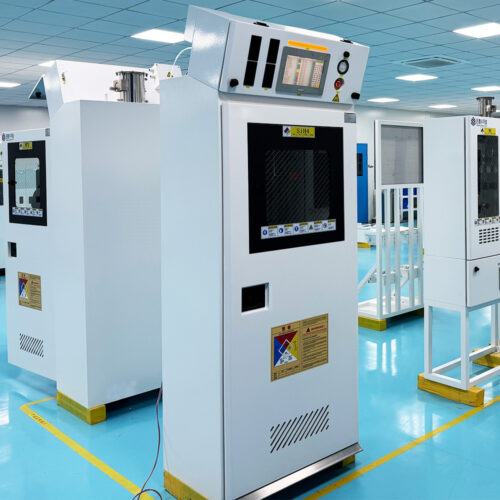
Integrated Gas System (IGS) Modular Integrated Gas Systems (TMS) Integrated Gas Supply System For Semiconductor And Laboratory
-
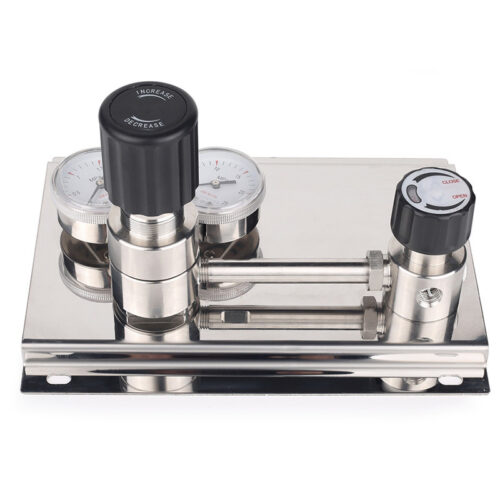
Stainless Steel Fully Automatic Gas Switchover Manifold System Automatic Gas Cylinder Switchover Co2 Cylinder Auto Changeover Controller
-

UHP Metal Gasket Face Seal Fittings Vacuum Coupling Metal Face Seal Join Long Gland And Short Gland
-

High Purity Bulk Specialty Gas Pressure Control And Filtration Bulk Gas Skid Systems JW-300-BSGS
-
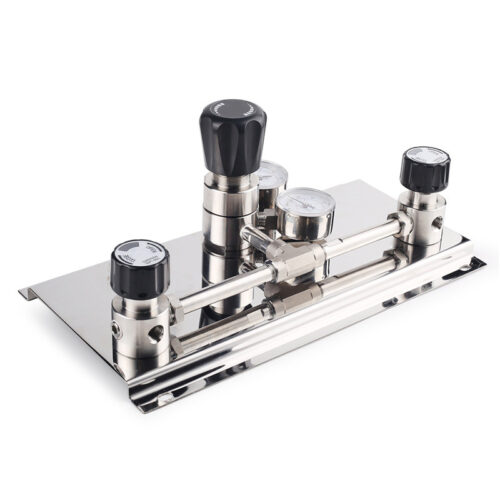
Hydrogen Manifold Argon Gas Manifold System Oxygen Manifold Propane Gas Manifold With Valves In Gas Manifold Changeover System
-

767LT Reducer Pressure Reducing Valve Adjustment High purity Pressure Reducing Union Fittings And Tubing
-
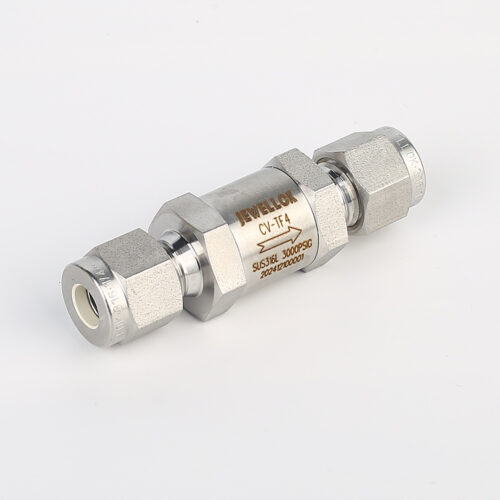
High Pressure High-Purity Welded Check Valves And Low Cracking Pressure Check Valve JCV1 Series
-
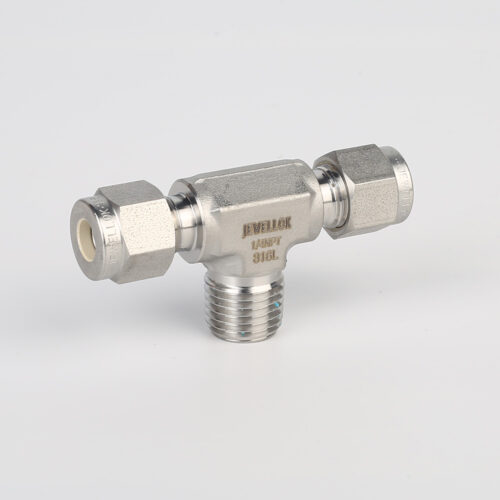
772L Male Branch Tee | Stainless Steel High-Purity Tube Fitting Male Branch Tee
